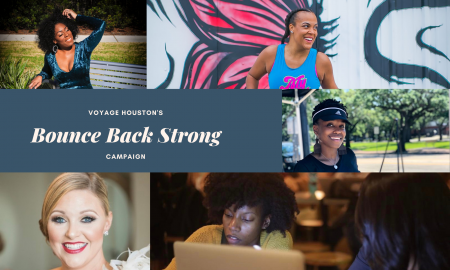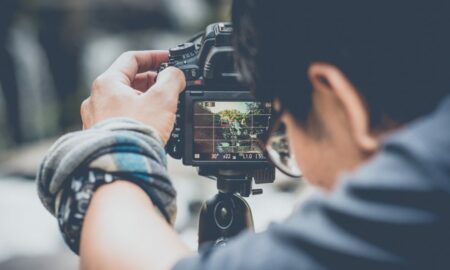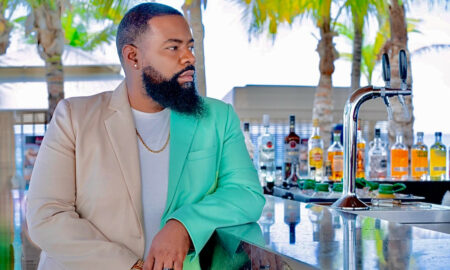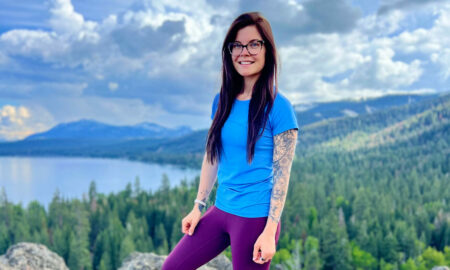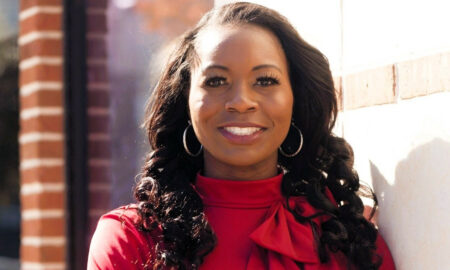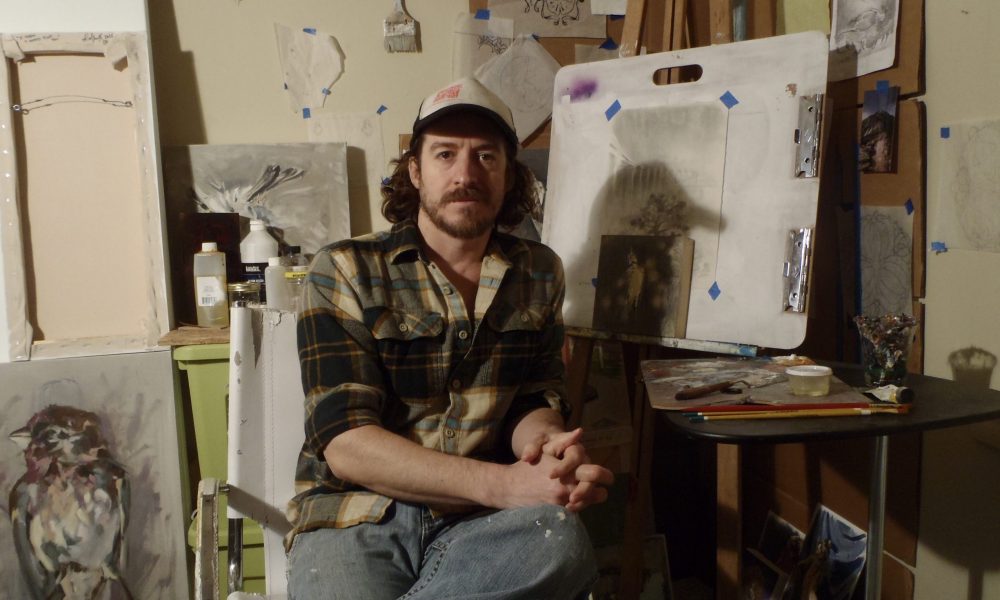

Today we’d like to introduce you to Thomas Cook.
Thomas, we’d love to hear your story and how you got to where you are today both personally and as an artist.
I was born and raised in Baltimore Maryland, and started drawing at a young age. My dad would bring home stacks of discarded office papers from work. While my mom cooked, she would sit my brothers and I down with a pile of that paper and some pencils and we would draw for hours. Knowing I was interested in art, I went to a college prep high school in Baltimore County known for its strong art program. There I took art lessons from a man who went by Mr. J. He was an incredible man full of compassion for the arts, and able to strike fear into the hearts of young high school students like me. He was also an experienced teacher in traditional graphite drawing and oil painting. With his guidance I became technically proficient early on, and by age 15 I was oil painting regularly, mixing my own mediums and stretching my own canvases.
I attended Savannah College of Art and Design, spent a semester in southern France on their Lacoste campus, and graduated with a painting degree in 2006. College left me tired of art and burnt out. After graduation I started working in restaurants, construction, and carpentry, doing very little artwork for the next couple years. In January 2009, I ended a five-year relationship with my college girlfriend and the very next morning received a call that informed me I was being laid off, leaving me with no plans for the future. Amidst this turmoil, my brother came to the rescue with another unexpected phone call letting me know I would be having an art show in 6 months at the restaurant where he curated work. Having barely touched a painting since college, I was launched into a frenzy getting ready for the show. This was a much-needed wakeup call which finally reintroduced a studio discipline into my life.
Another result to these life changes was my decision to hike the Appalachian trail. I set off and finished all 2000+ miles up the east coast during the summer of 2010. Inspired from this experience, I started designing multiple narrative canvases addressing my experiences on the hike. For years the ideas for this artwork hung in my head. I would do sketches and look for reference to create them, but something was always missing and the work was never completed. I returned to Savannah after the hike, two years later moved to Utah where I started screen printing, and eventually moved to Austin in 2015 where I live now. By the time I got to Austin I had finally developed a new style, and a visual vocabulary which made it possible for me to paint the images from the Appalachian trail. I started on this series of work and it led to my most productive years since college, and the body of work I am currently involved in.
We’d love to hear more about your art. What do you do you do and why and what do you hope others will take away from your work?
I work primarily in oil painting and graphite drawing, the two mediums I started learning 20 years ago. Lately I have been working to find ways to blend graphite drawing and oil painting together… it has only been partially successful. Those two mediums don’t play nicely. I have tried other mediums and occasionally will get excited about them like my adventures with screen printing in Utah, but I always return to drawing and painting. At this point my mind visualizes ideas in the form of oil paint and graphite.
The series of oil paintings originally inspired from my hike on the trail came to encompass an even larger timeline of emotions and experiences. In this work I used images of dead birds to create symbolic pictures about past relationships and events in my life. There was a lot of therapeutic healing in producing these pieces. Viewers were meant to take away a sense of hope or nostalgia from them rather than a literal story of my past.
After this, my subject matter moved to the environment around me. Environmental issues have always been important to me and I have struggled with ways to speak about them in my work. My current body of work is inspired from the construction and urbanization that is everywhere in Austin. I became obsessed with the concrete surroundings that make up a city, and the relationship between the city and those who move through it. I began noticing the resources and infrastructure grids necessary to keep a city running. Noticing power lines, cell phone towers, and highways. I started to contemplate the importance of these physical objects, and strange beauty I saw in them. Over the past year I worked with images of contrasting urban and natural landscapes, encouraging people to stop and think a little more about where they live and how cities change the emotional and ecological landscape around them.
Have things improved for artists? What should cities do to empower artists?
In some ways, I think conditions for artists are great right now. Artists have resources that never existed before. Instagram allows artists to share their work to thousands of viewers who can search for styles through hashtags. The internet has made visibility and exposure so much easier and faster. In other ways, the artist’s life has never seemed easy. Rent and studio space are a constant struggle. I have always needed a day job to support my costs of living and my artistic practice. Rent in big cities gets more expensive every year and it makes juggling an art career and keeping your head above water a constant struggle.
As a city, I think the most important thing is to protect creative spaces for artists and galleries, and to protect rent prices so that creatives can afford to live there. Art galleries and performance spaces disappearing and relocating due to rent or development hurts the creative community. I have seen five creative spaces close and relocate due to rent in the three years I have lived in Austin. That is an alarming amount of loss. For artists and art to survive in a big city there must be places for the art to be displayed, and those places must be easily accessible and stable so that patrons can support them. City grants are a huge help for spaces and artists alike, as are public art opportunities. If there is no chance to display work in a city there really isn’t any reason for artists to live there, so encouraging the venues for art will in turn encourage the artists.
Do you have any events or exhibitions coming up? Where would one go to see more of your work? How can people support you and your artwork?
In February of 2019, I will be hanging a solo show at the Central Texas College at Killeen. This show will highlight my process of creation. I will be showing sketches and preliminary work alongside my finished pieces to give viewers an idea of the preparation and research that goes into each finished painting. The work will be in the Oveta Culp Hobby Memorial Library and will run from 2/5/2019-4/1/2019 with a reception on February 7th from 4-5pm. I will also be showing at the West Austin Studio Tour this coming May, with exact dates and details to be announced soon.
Contact Info:
- Website: www.thomascookart.com
- Email: Thomas@thomascookart.com
- Instagram: https://www.instagram.com/thomascook_art/







 Image Credit:
Image Credit:
Faith Robbins and Thomas Cook
Getting in touch: VoyageHouston is built on recommendations from the community; it’s how we uncover hidden gems, so if you know someone who deserves recognition please let us know here.


